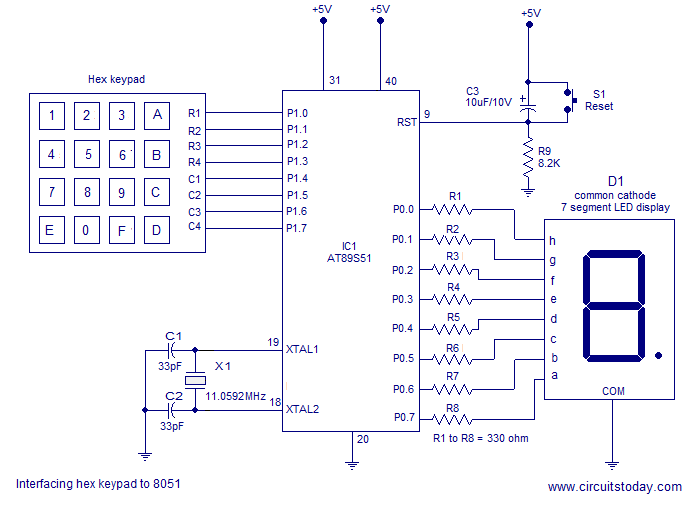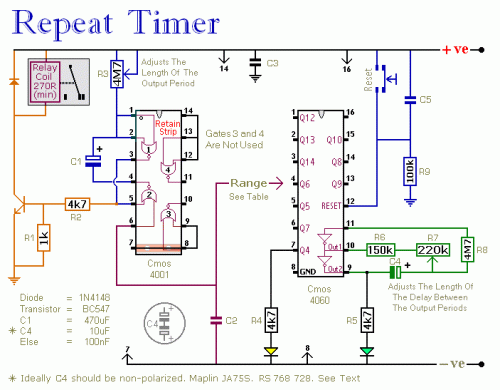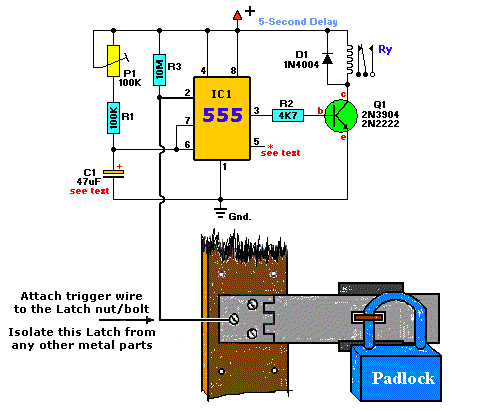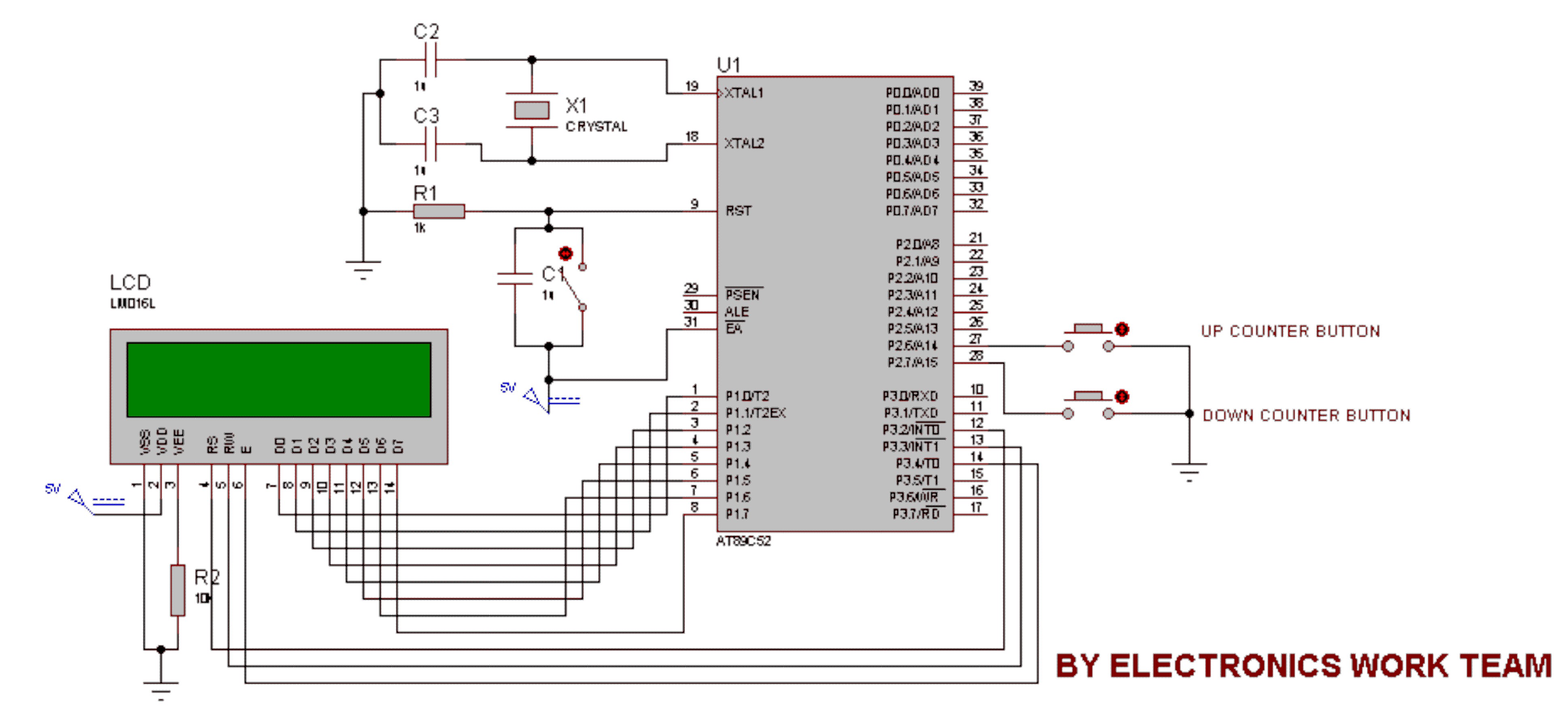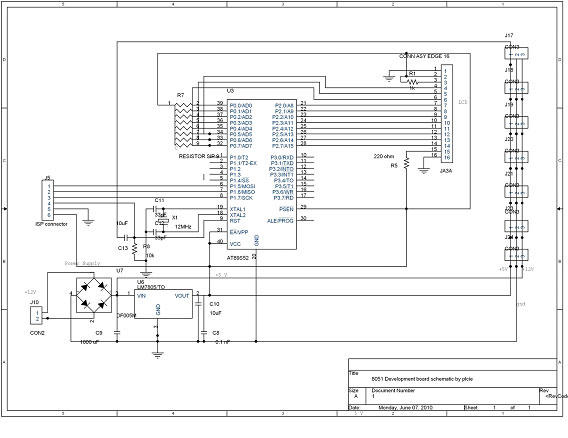
Fingerprint based attendance system with 8051
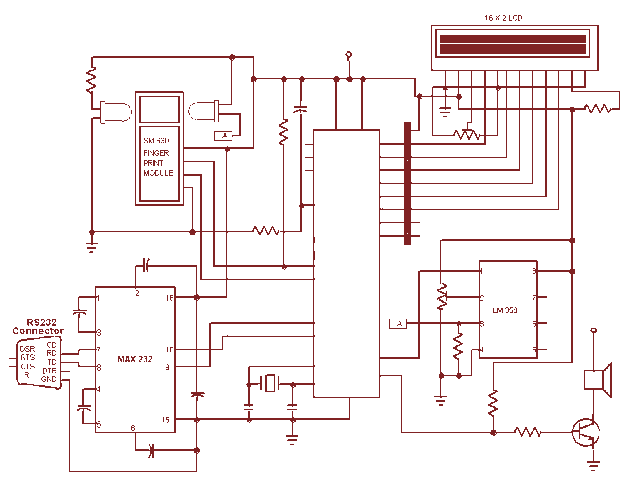
This project gives you a fingerprint based attendance system with 8051 microcontroller. The SM630 fingerprint module is used for fingerprint matching. It can store a max of 768 fingerprints. The admin can add/delete records from the PC through the VB application. There is an infrared LED and photo diode to sense the finger placed over the fingerprint module. All the attendance details are stored over the PC. The admin can generate reports and also he can print the reports.
The fingerprint-based attendance system utilizes an 8051 microcontroller as the central processing unit, which manages the overall operation of the system. The SM630 fingerprint module is a crucial component, providing the capability for fingerprint recognition and storage of up to 768 individual fingerprints. This module operates through a serial communication protocol, allowing the microcontroller to send commands for capturing and verifying fingerprints.
The system includes an infrared LED paired with a photodiode, which functions as a sensor to detect the presence of a finger above the fingerprint module. When a finger is placed on the sensor, the infrared LED illuminates the fingerprint, and the photodiode detects the reflected light. This interaction ensures that the system only attempts to read fingerprints when a finger is present, enhancing reliability and accuracy.
For record management, a Visual Basic (VB) application is employed, enabling the administrator to add or delete user records via a graphical interface on a connected PC. This software communicates with the microcontroller, facilitating the transfer of attendance data and management of fingerprint records. The attendance details collected during the operation are stored on the PC, where the administrator can generate detailed reports. These reports can be printed directly from the application, providing a convenient method for documentation and record-keeping.
In summary, the fingerprint-based attendance system integrates hardware and software components seamlessly, offering a reliable and efficient solution for attendance tracking through biometric verification. The design emphasizes user interaction, data management, and secure fingerprint storage, making it suitable for various applications in educational institutions and workplaces.This project gives you a fingerprint based attendance system with 8051 microcontroller. The SM630 fingerprint module is used for fingerprint matching. It can store a max of 768 fingerprints. The admin can add/delete records from the PC through the VB application. There is an infrared LED and photo diode to sense the finger placed over the fingerprint module. All the attendance details are stored over the PC. The admin can generate reports and also he can print the reports. 🔗 External reference
The fingerprint-based attendance system utilizes an 8051 microcontroller as the central processing unit, which manages the overall operation of the system. The SM630 fingerprint module is a crucial component, providing the capability for fingerprint recognition and storage of up to 768 individual fingerprints. This module operates through a serial communication protocol, allowing the microcontroller to send commands for capturing and verifying fingerprints.
The system includes an infrared LED paired with a photodiode, which functions as a sensor to detect the presence of a finger above the fingerprint module. When a finger is placed on the sensor, the infrared LED illuminates the fingerprint, and the photodiode detects the reflected light. This interaction ensures that the system only attempts to read fingerprints when a finger is present, enhancing reliability and accuracy.
For record management, a Visual Basic (VB) application is employed, enabling the administrator to add or delete user records via a graphical interface on a connected PC. This software communicates with the microcontroller, facilitating the transfer of attendance data and management of fingerprint records. The attendance details collected during the operation are stored on the PC, where the administrator can generate detailed reports. These reports can be printed directly from the application, providing a convenient method for documentation and record-keeping.
In summary, the fingerprint-based attendance system integrates hardware and software components seamlessly, offering a reliable and efficient solution for attendance tracking through biometric verification. The design emphasizes user interaction, data management, and secure fingerprint storage, making it suitable for various applications in educational institutions and workplaces.This project gives you a fingerprint based attendance system with 8051 microcontroller. The SM630 fingerprint module is used for fingerprint matching. It can store a max of 768 fingerprints. The admin can add/delete records from the PC through the VB application. There is an infrared LED and photo diode to sense the finger placed over the fingerprint module. All the attendance details are stored over the PC. The admin can generate reports and also he can print the reports. 🔗 External reference
